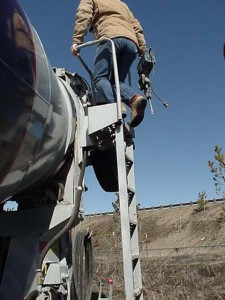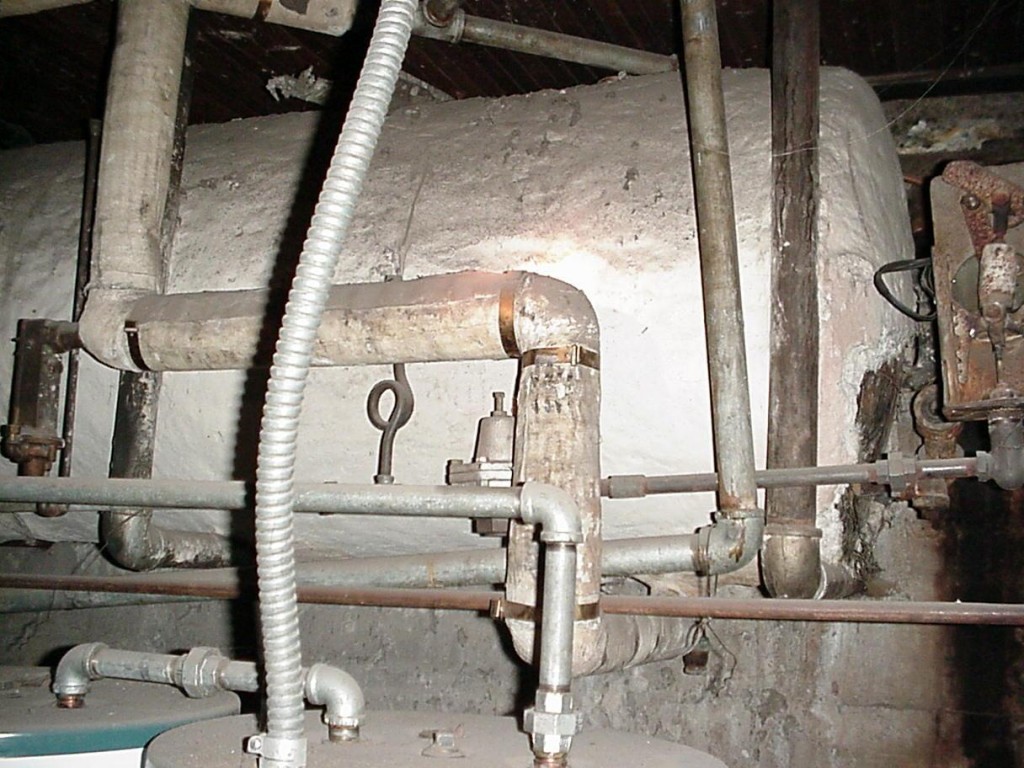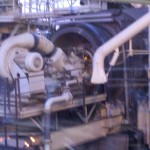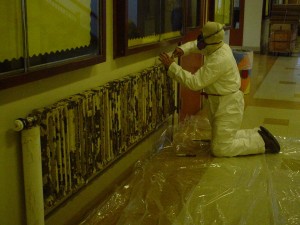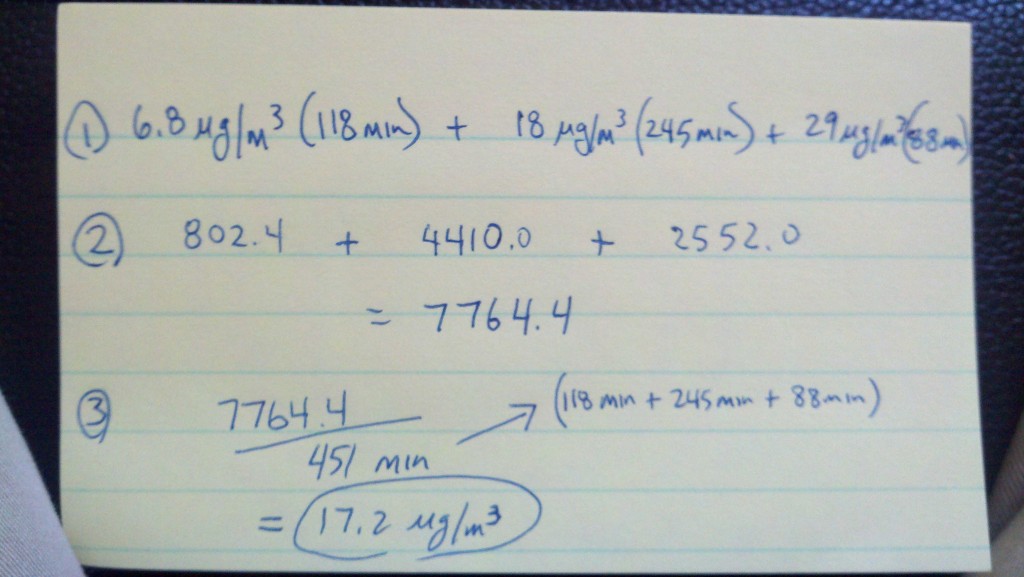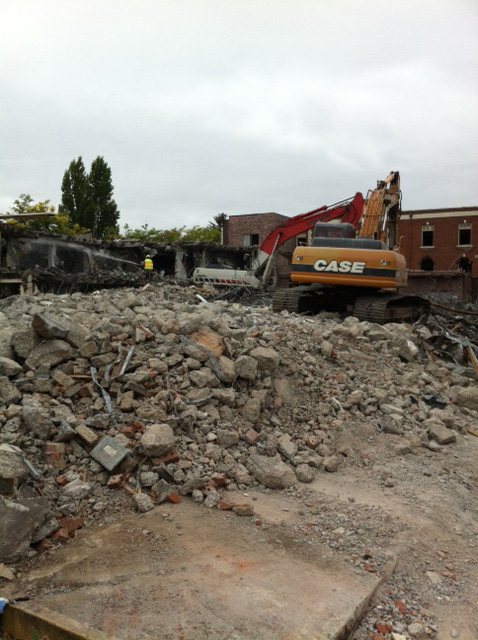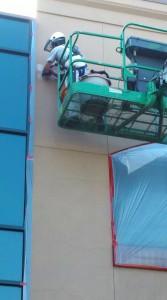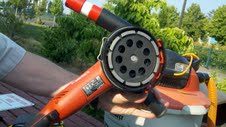Wed 17 Oct 2012
Ready Mix Drum Chipping
Posted by admin under Admin Controls, Air Monitoring, Concrete, confined space, Engineering Controls, Exposure, Federal OSHA, fit testing, Hazard Communication, Hearing Conservation, hearing protection, Management, Noise, OSHA, Permit Required, Personal Protective Equip (PPE), Respirators, Safety Policies, Safety Programs, Silica, Training, Uncategorized, ventilation
Comments Off on Ready Mix Drum Chipping
If you operate a ready-mix plant and have concrete trucks, you are aware of this process. Once a year (hopefully, only once) a person must climb into the drum of the ready-mix truck and chip off excess concrete. What happen during regular use, is that some concrete hardens, which usually sets-up over and around the blades. Access into the drum is by either the 3×4 hole in the side, or down the chute.
Yes, it is a confined space (def’n: 1. large enough to enter, 2. not designed for occupancy, and 3. limited entry/egress).
Here are a list of the possible hazards:
- silica dust (from chipping concrete)
- noise exposure
- hazardous atmosphere (curing concrete uses up oxygen, which we DO need BTW)
- slipping hazard (drum is round inside)
- heat stress (if you’re trying to do this activity in the summer)
- eye hazard (chipping)
- electrical hazard (if you’re using water & have an electric hammer)
- lock out / tag out (if the truck drives away, or if the barrel starts turning)
There are many resources available (see below). Some things to keep in mind; ventilation (fans, etc) to control the airborne silica dust are usually not effective (too much dust versus exhaust). Water controls are best, but you must limit the amount of water and the direction of the sprayer. I suggest looking at what others have done.
Keep in mind, if you perform this activity you will need (as a company):
- respiratory program (medical, fit test, written plan)
- confined space program (multi gas meter, written program, attendant?)
- lock out /tag out policy or procedures
- training (for each of the above, and for this specific activity)
At this point I know what my contractor-friends are thinking…I will subcontract this out!  ha. If you do, please make sure your sub is doing it right.
Resources:
Georgia Tech – good presentation & guidance
Georgia Tech/OSHA – Safe Work Practices (in Spanish too!)
Teamsters H&S hazards & controls
Illinois DCEO – Consultation on ready mix cleaning
